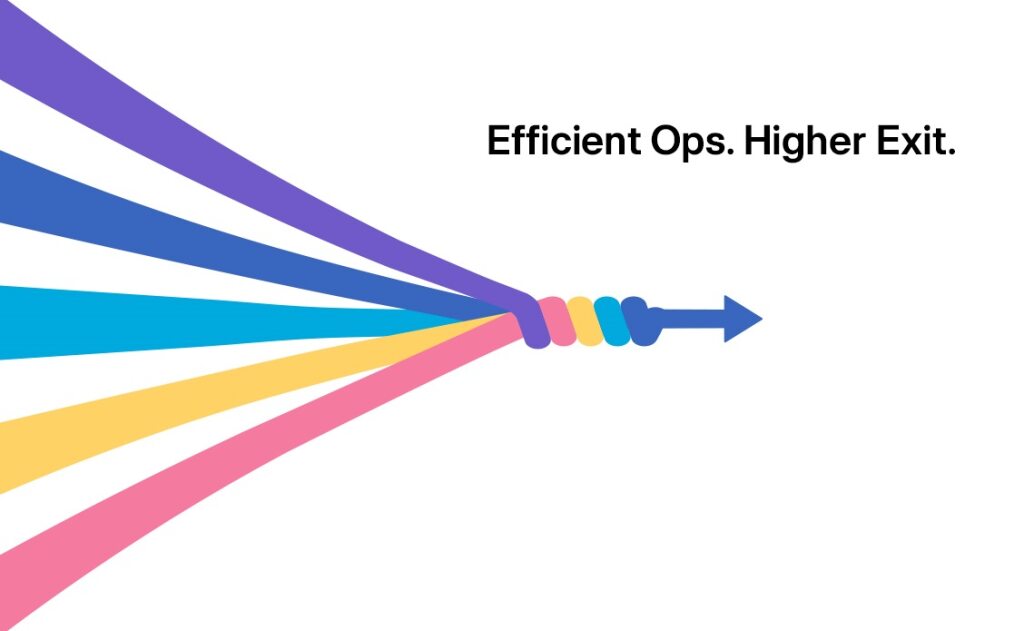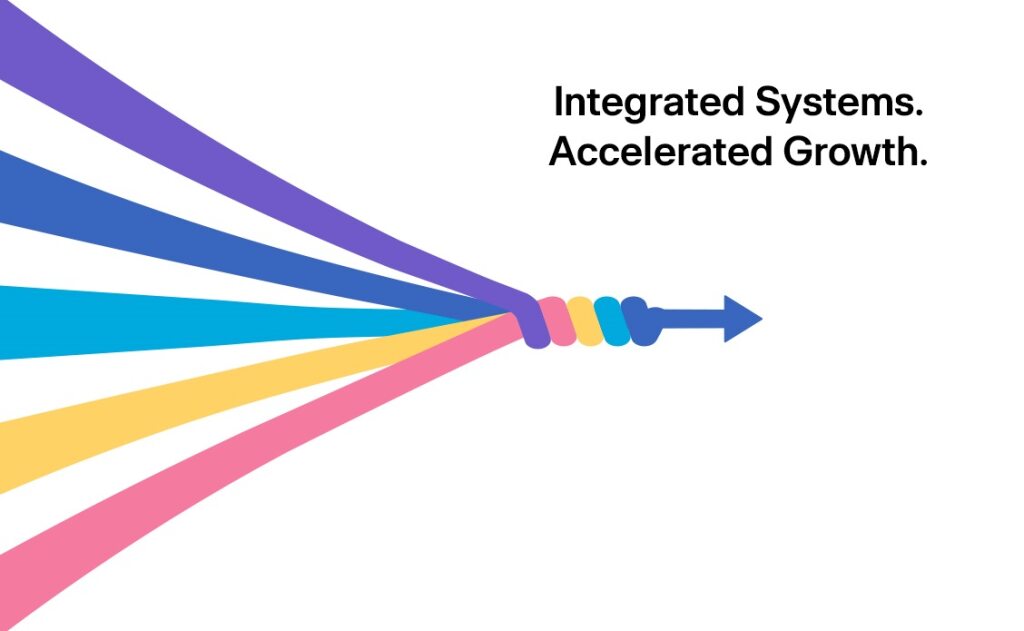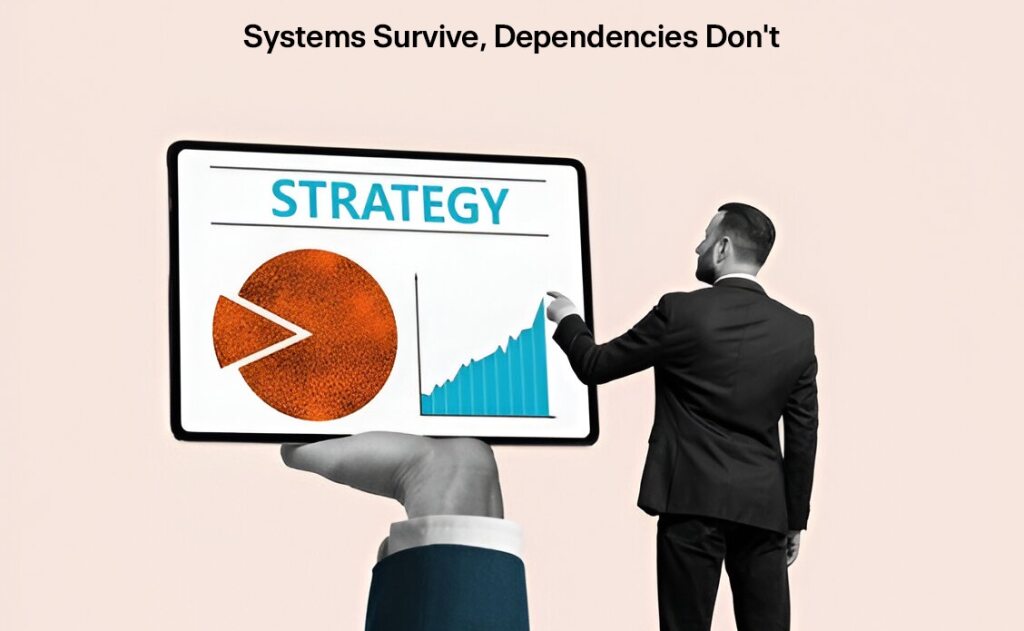Exit value isn’t just about growth. It’s about how efficiently you got there.
Every founder wants the highest multiple possible. But when acquirers, VCs, or PE buyers open the hood, they’re not just looking at top-line metrics. They’re asking a sharper question:
“How well does this company run?”
At NextAccel, we’ve worked with scaling companies navigating exits, recaps, and strategic sales. And we’ve seen the same pattern play out—companies with similar revenue but vastly different operational efficiency get very different outcomes.
The truth is simple: operational discipline drives premium valuation.
This article breaks down how buyers assess operational efficiency, where most companies fall short, and how founders can turn operations into a strategic asset that drives exit value.
Why Ops Efficiency Matters to Buyers
Buyers don’t just buy revenue—they buy future revenue at lower risk.
A high-growth company with chaotic systems, manual processes, or heavy headcount isn’t just harder to scale. It’s more expensive to integrate. It poses higher risk. And it eats into the buyer’s margin model.
That’s why modern diligence focuses heavily on these areas:
- Revenue quality (Is it recurring? Diversified? Contracted?)
- Cost structure (How lean and scalable is it?)
- Tech + process maturity (Can it scale without a full rebuild?)
- Operating cadence (How disciplined is planning, tracking, forecasting?)
- People leverage (How much output per FTE?)
Key takeaway: Growth gets you in the door. Operational maturity wins you the multiple.
The Red Flags That Tank Valuation
Even impressive companies can see exit value drop 30–50% when buyers find operational inefficiencies they’ll have to clean up. Common issues we uncover:
1. Bloated Cost of Sales
Heavy reliance on human-driven sales without automation, playbooks, or routing logic. Buyers see this as non-scalable.
2. Manual Ops Handoffs
Billing, fulfillment, onboarding, or compliance still reliant on spreadsheets and email. Drives churn, errors, and integration risk.
3. Lack of Process Standardization
Each team, region, or segment operates differently. No documented SOPs. No single source of truth.
4. Disjointed Systems
GTM, finance, and product data live in silos. No unified dashboards. Forecasting is based on tribal knowledge, not data.
5. People-Heavy Models
Headcount grows faster than revenue. Key processes depend on “hero employees.” Raises concern around margin and resilience.
Buyers subtract value for every system they have to fix, process they must redesign, and dependency they must replace.
How Efficiency Signals Strategic Readiness
Now let’s flip the lens. Here’s what buyers reward:
- Automated Core Processes – Revenue recognition, renewals, collections, and onboarding require minimal manual intervention.
- Scalable GTM Motions – Marketing, SDRs, and AEs operate with shared playbooks, defined handoffs, and conversion benchmarks.
- Cross-Functional Visibility – Finance, sales, and ops run off the same metrics. Decisions are guided by real-time dashboards.
- Lean Execution – Revenue per employee is high. Margins expand as the company grows. Cost per lead and per activation are improving.
- Operational Cadence – Weekly pipeline reviews, monthly forecasts, quarterly OKR retrospectives. Investors trust the engine behind the numbers.
This is what investors mean by “institutional readiness.” It’s the signal that this business is not just founder-led—it’s system-led.
The Ops Levers That Directly Impact Valuation
Here are the 5 efficiency levers that consistently increase exit value:
1. Revenue Operations (RevOps) Maturity
A strong RevOps function integrates GTM tools, enforces pipeline hygiene, and improves forecasting accuracy. That reduces surprises and builds buyer confidence.
NextAccel Tip: Embed a fractional RevOps leader by Series A and give them clear authority across sales, marketing, and CS systems.
2. Automated Financial Workflows
Automate invoicing, collections, and reporting. Ensure clean revenue recognition. This reduces errors and accelerates diligence.
NextAccel Tip: Use embedded finance tools to connect billing, forecasting, and dashboards—long before you bring in a full-time CFO.
3. Standard Operating Procedures (SOPs)
Codify how things get done—onboarding, implementation, support, upsell. Buyers want playbooks they can run with on Day 1.
NextAccel Tip: Assign process owners now. Track time-to-execute on key workflows and fix friction points quarterly.
4. Integrated Tool Stack
Ditch the patchwork of disconnected tools. Consolidate your CRM, support platform, billing system, and product analytics into one ecosystem.
NextAccel Tip: Conduct a quarterly “stack audit” to eliminate unused tools and unify reporting.
5. Operating Cadence
Buyers look for rigor in how you plan, execute, and review. Do you track OKRs? Forecast accurately? Hold teams accountable weekly?
NextAccel Tip: Install a quarterly ops review cadence now—revenue, efficiency, capital allocation—and use it to guide board meetings.
Real Example: Two Companies, Same Revenue, Very Different Outcomes
We supported diligence on two Series B SaaS firms last year. Both had ~$15M ARR and 100% YoY growth. But their exit outcomes diverged sharply.
Company A:
- $15M ARR, 100% growth
- Manual billing, weak forecasting
- High churn in SMBs
- Revenue per employee: $135K
- Systems fragmented across 11 tools
Company B:
- $15M ARR, 95% growth
- Unified finance and GTM systems
- Playbooks across GTM, onboarding, and renewals
- Revenue per employee: $190K
- Clean, scalable ops engine
Outcome:
Company A sold at 4.5x revenue.
Company B commanded 7.8x—despite slower growth.
Why? Buyers trusted B’s ability to scale with less risk, less overhead, and better margins.
Final Advice: Build the Exit Engine Now
You don’t wait until diligence to fix operations. By then, it’s too late.
Start building buyer confidence now by installing efficient systems, tracking clean metrics, and operationalizing your growth.
“You’re not just building for scale. You’re building for scrutiny.”
At NextAccel, we help growth-stage companies pressure-test their operating systems—before buyers do. That means cleaner exits, higher multiples, and faster deal velocity.
Want to know where your valuation is leaking?
Contact us for a 90-minute Operational Readiness Diagnostic.




